How to Apply Paul-Elder Critical Thinking Framework
The critical thinking framework provides an efficient method for designers, design students, and researchers to evaluate arguments and ideas through rational reasoning. As a result, we eliminate biases, distractions, and similar factors that negatively affect our decisions and judgments. We can use critical thinking to escape our current mindsets to reach innovative outcomes.
The critical thinking framework is based on three main stages; observe the problem to build rational knowledge, ask questions to analyze and evaluate data, and find answers to the questions that can be formulated into a solution. These stages are translated into six steps (6 Steps for Effective Critical Thinking):
- Knowledge – Define the main topic that needs to be covered
- Comprehension – Understand the issue through researching the topic
- Application – Analyze the data and link between the collected data
- Analysis – Solve the problem, or the issue investigated
- Synthesis – Turn the solution into an implementable action plan
- Evaluate – test and evaluate the solution
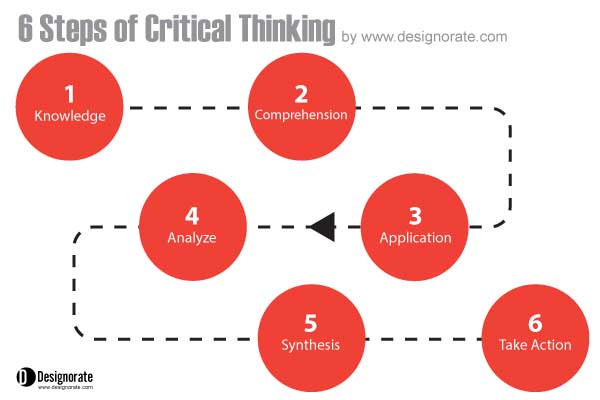
Based on the above, the essential part of the critical thinking framework represents building clear, coherent reasoning for the problem, which will help ensure that the topic is addressed in the critical thinking stages.
Related articles:
- Guide for Critical Thinking for Designers
- 6 Steps for Effective Critical Thinking
- The Six Hats of Critical Thinking and How to Use Them
The Paul-Elder Critical Thinking Framework
In 2001, Paul and Elder introduced the critical thinking framework that helps students to master their thinking dimensions through identifying the thinking parts and evaluating the usage of these parts. The framework aims to improve our reasoning by identifying its different elements through three main elements; elements of reasoning, intellectual standards, and intellectual traits.
Elements of Reasoning
Whenever we have a topic or argument to discuss, we tend to use a number of thinking models to understand the topic at hand (i.e. Using Inductive Reasoning in User Experience Research). These parts are known as the elements of thought or reasoning. Our minds may use these parts over the course to think about the idea:
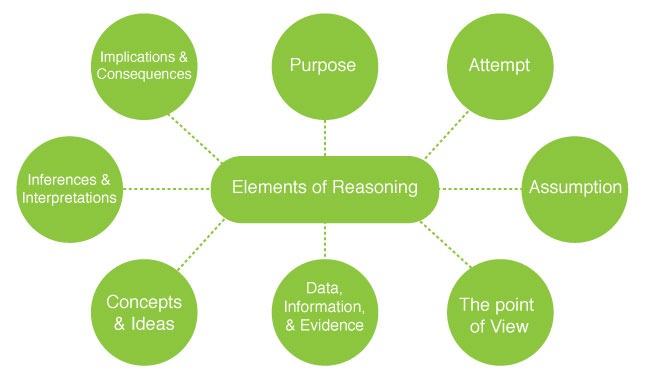
Purpose – This part of our thinking includes defining the topic’s goal or objective. For example, the goal may involve solving a problem or achieving a target.
Attempt – This part includes the attempts that previously addressed the topic or attempts to solve a problem.
Assumption – Before solving a problem, we don’t have much information about the topic. Therefore, we build assumptions to act as the base of our research about the issue. We usually start with inductive inferences. Then, we use the research data to validate these assumptions. For example, we assume that all apples are red and start to research the different types of trees to know that some apples are green and some are red.
The point of View includes the personal perspective we take while thinking about the topic. For instance, we can think about the product from the consumer perspective rather than the business perspective.
Data, Information, and Evidence – Here, we cover the data and information related to the topic. Also, here we have all the supportive evidence.
Concepts and Ideas – We have all the principles, models, and theories related to the topic. For example, this part may include all the views associated with applying a specific solution.
Inferences and Interpretations – The last part includes the concluded solutions based on the previous factors. The conclusion may consist of the suggested solution to a specific problem.
Implications and Consequences – All the reasons must lead to consequences resulting from implementing the results of the reasoning process.
Intellectual Standards
The above reasoning parts require a good quality benchmark to achieve its goals and ensure the accuracy of results. The intellectual standards are nine factors that can evaluate the equality of the reason parts mentioned above. These standards include clarity, accuracy, precision, relevance, depth, breadth, logic, significance, and fairness.
Based on these standards, we can ask ourselves questions to evaluate the parts above. The below table provides examples of the questions that we can ask to assess the equality of our ideas.
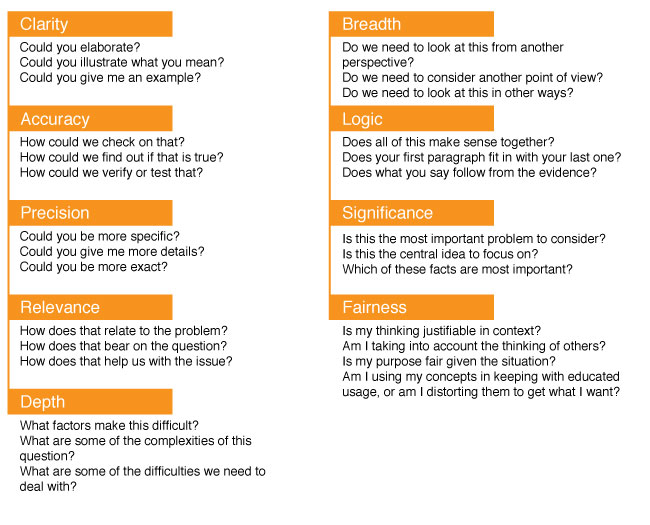
The below two videos include Dr. Richard Paul’s lectures about the standards of thought and critical thinking.
Intellectual Traits
As a result of the application for the above reasoning parts and validating them using intellectual standards, The below characteristics are expected to evolve, known as the intellectual traits:
Intellectual Humility
This trait develops one’s ability to perceive the known limitation and the circumstances that may cause biases and self-deceptively. It depends on recognizing that one claims what one’s knows.
Intellectual Courage
Courage represents developing a consciousness to address ideas fairly regardless of its point of View or our negative emotions about it. Also, it helps us develop our ability to evaluate ideas regardless of our presumptions and perceptions about them.
Intellectual Empathy
Empathy is related to developing the ability to put ourselves in others’ shoes to understand them. Also, it forms how we can see the parts of reasoning of the others, such as the viewpoints, assumptions, and ideas.
Intellectual Integrity
This part is related to developing the ability to integrate with other intellectual reasoning and avoid the confusion of our reasoning. Unlike empathy, integrity focuses on the ability to others’ reasoning for the topic and integrate with it.
Intellectual Perseverance
Perseverance develops the need to have a proper insight about the situation regardless of the barriers faced against it, such as difficulties, frustration, and obstacles. This helps us to build rational reasoning despite what is standing against it.
Confidence in Reason
By applying the reasoning parts and encouraging people to develop their reasons, they build confidence in their reason and rational thinking.
Fair-mindedness
This trait develops the ability to start with a fair look at all the reasoning and traits of all the viewpoints, putting aside one’s feelings, raises, and interests.
The critical thinking framework can help us address topics and problems more rationally, contributing to building a clear understanding of topics. This can be achieved through having clear reasoning about the addressed topics. The Paul-Eder Critical Thinking Framework was introduced in 2001 to improve the critical thinking process by understanding the parts of the reasons and providing a method to evaluate it. You can learn more about the framework through the Miniature Guide to Critical Thinking published by the Foundation of Critical Thinking.
Understanding the thinking elements and how to evaluate our reasoning related to each part, we can improve our thoughts through time. Additionally, seven main advantages (intellectual traits) can be achieved.
Summary
Paul-Elder’s critical thinking framework identifies the thinking parts through eight elements of reasoning (purpose, attempt, assumption, point of view, data, concepts and ideas, and inference and interpretation). Nine benchmarks are used to evaluate the application of the above elements (clarity, accuracy, precision, relevance, depth, breadth, logic, significance and fairness).
What are the critical thinking framework elements?
- Knowledge
Define the main topic that needs to be covered
- Comprehension
Understand the issue through researching the topic
- Application
Analyze the data and link between the collected data
- Analysis
Solve the problem, or the issue investigated
- Synthesis
Turn the solution into an implementable action plan
- Evaluate
Test and evaluate the solution
The application of the Paul-Elder Critical Thinking Framework is based on identifying eight elements of reasoning:
Purpose, Attempt, Assumption, Point of View, Data and Evidence, Concepts and Ideas, Inferences and Interpretations and Implications and Consequences.

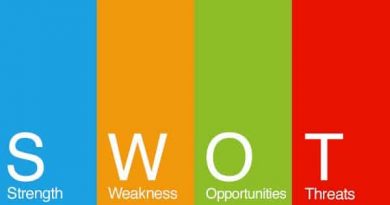
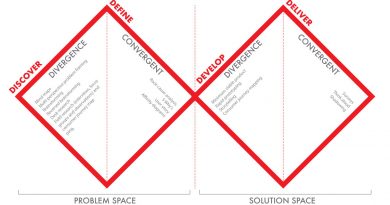

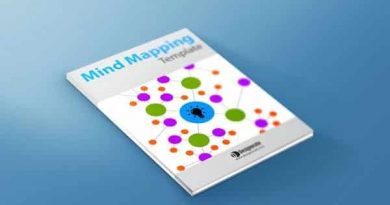
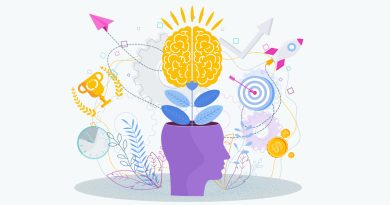
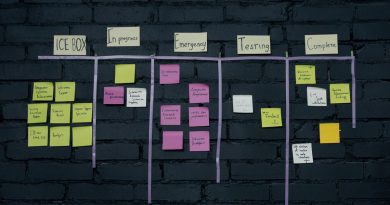
it was really helpfull
Thank you for this helpful distillation, as well as including the videos.
Thanks M!